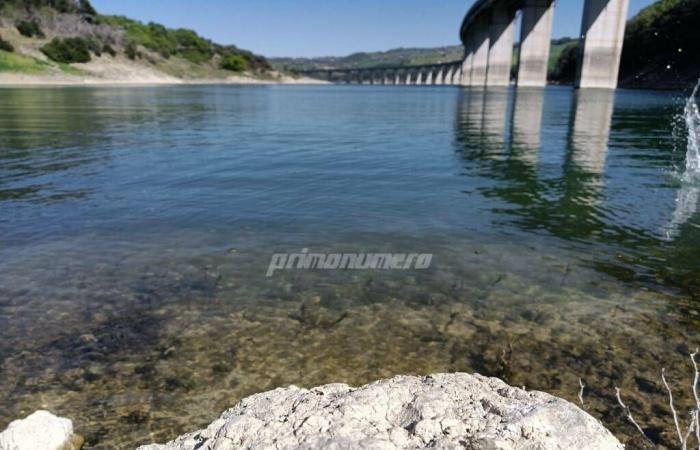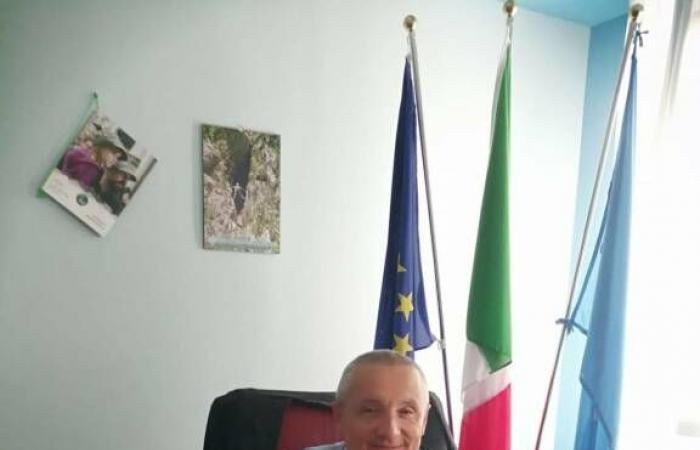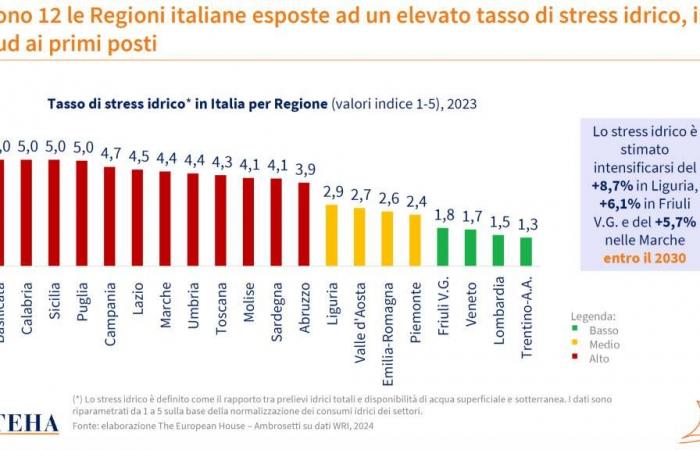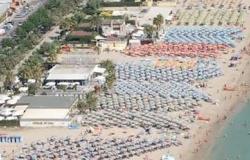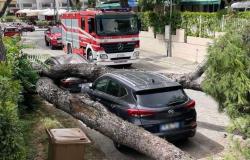Months of Drought and scarce, very little, snowfall. All this on the threshold of summer, a notoriously dry season. The situation of the Molise springs today is certainly not rosy. This is confirmed by president of Molise Acque Stefano Sabatini who states that in recent days technical checks are being carried out in preparation for some possible resolutions to be taken “in agreement with the mayors”. The key word is in fact to save water resources.
Region rich in water? An old slowly which risks being overtaken by reality. In Molise the situation of so-called sieve networks is well known, “that’s a huge problem we have”, and united with the effects of climate change in progress but also to high consumption – especially in some municipalities – produces a situation of “high water stress”. The definition actually comes from the Water Value Community for Italy of The European House – Ambrosetti which highlights the water situation in our country. But Molise Acque in fact confirms it.
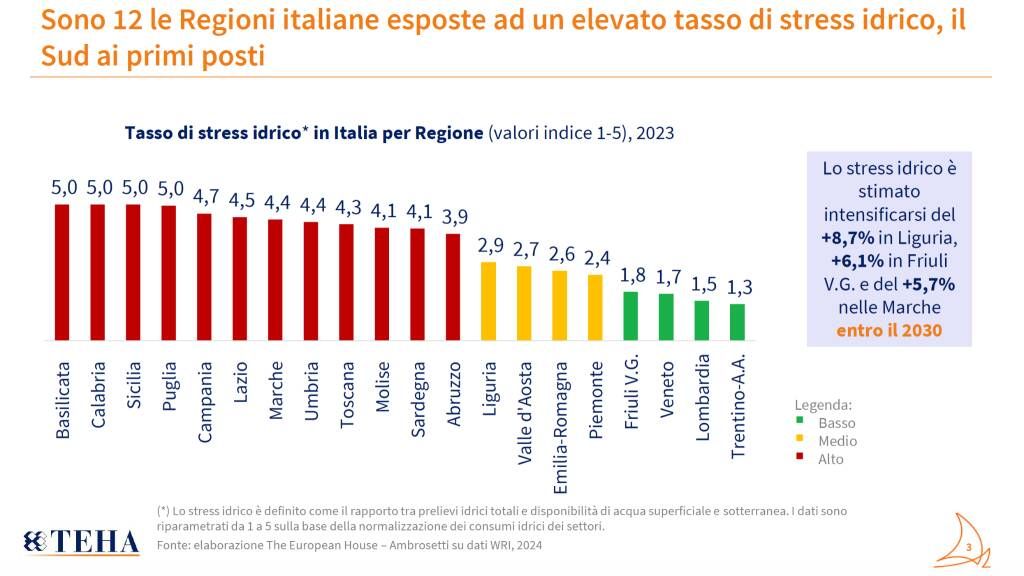
“There Italian drought – writes the Community which involves the key players in the extended Italian water supply chain – has achieved worrying levels so much so that a loss of 51.5% of renewable water resources in one year was recorded (detection at the end of 2022) compared to the historical average since 1950″. Water – remember – is a primary input for various economic activities, including agriculture, water pumping industries and the energy sector.
An essential good but one that has also taken on a disturbing aspect. 74% of natural disasters are related to water, with a growth of +50% in 10 years and a frequency 4 times greater than in 1980.
Returning to Molise, the situation causes concern, especially in perspective. “We have to ration now, otherwise a difficult scenario is expected in July and at the height of the summer.” Litmus test, the level of the Liscione dam. “It is at 119.5 meters, one and a half meters below the maximum level”. This is in mid-June and, therefore, with the procrastination of the drought it could get worse, and much worse. “We will soon reactivate the water purification plant downstream of the dam. It hasn’t happened in a while.”. A different story for the Occhito reservoir, whose water is used for irrigation purposes only. “It has no critical issues”, Sabatini’s words.
In short, what worries Molise Acque is the shortage of spring water, which will eventually become a shortage in municipal tanks (the recent case of Guglionesi, left without water due to the breakdown of the lifting pumps). “We cannot continue to keep the systems at maximum capacity all the time”, is the worried statement from Sabatini who specifies that technical checks are being carried out in recent days. And that it will then be necessary to make decisions in consultation with the Municipalities (who have already received some communications in this regard). For example that of turn off the taps at night. “That’s very helpful. In short, we must all prepare together to face this difficulty.”
An overview of the future and some comparisons. According to Value Water for Italy “there are twelve regions with high water stress and they will increase. In 2023, rising temperatures and the effects of human action have generated new pressure on water resources. The peninsula ranks fourth in the European Union for water stress, with an index of 3.3 out of 5. Only Belgium (4.4), Greece (4.3) and Spain (3.9) have worse values. There are already 12 Italian regions with high water stress: Basilicata, Calabria, Sicily, Puglia are the most exposed overall, followed in order by Campania, Lazio, Marche and Umbria, Tuscany, Molise, Sardinia and Abruzzo. Experts estimate that by 2030, water stress will further intensify in some Italian regions, with an increase of 8.7% in Liguria, 6.1% in Friuli-Venezia Giulia and 5.7% in Marche.
Two sectors in particular are most affected by global warming and drought: agriculture and hydroelectric. Italian agriculture, already subjected to numerous pressures, is facing an increasing scarcity of water which puts food production and the sustainability of agricultural activities at risk. Honey production fell by 70%, pears by 63% and cherries by 60%. Hydroelectricity, which represents a fundamental source of renewable energy for Italy, is suffering due to the reduction of water resources, compromising the country’s ability to meet energy demand through clean sources.
During 2022, our country faced an unprecedented water crisis. Total precipitation has drastically decreased, and snow cover has recorded a deficit of 60% compared to the average for the decade 2010-2021. Due to high temperatures, only 13.5% of rainfall contributed to aquifer recharge. This phenomenon gives rise to further concern, since it is expected that the renewable water resource will further reduce by 40% by 2100, with peaks of reduction of 90% in southern Italy”.
“The water situation in Italy – explains Valerio De Molli, Managing Partner and CEO of The European House – Ambrosetti – requires immediate and concerted action. A concrete commitment is needed from all the actors involved, from institutions to citizens, to promote sustainable water management practices and invest in innovative technologies that allow us to face this emergency. It is important to modernize and make our water infrastructure more efficient, to optimize water collection and storage, activating the 20% of potentially exploitable volumes already present in large Italian dams. Only through an integrated and far-sighted approach, which must also be carried forward by citizens, will we be able to guarantee the water security of our country and the prosperity of future generations”.

